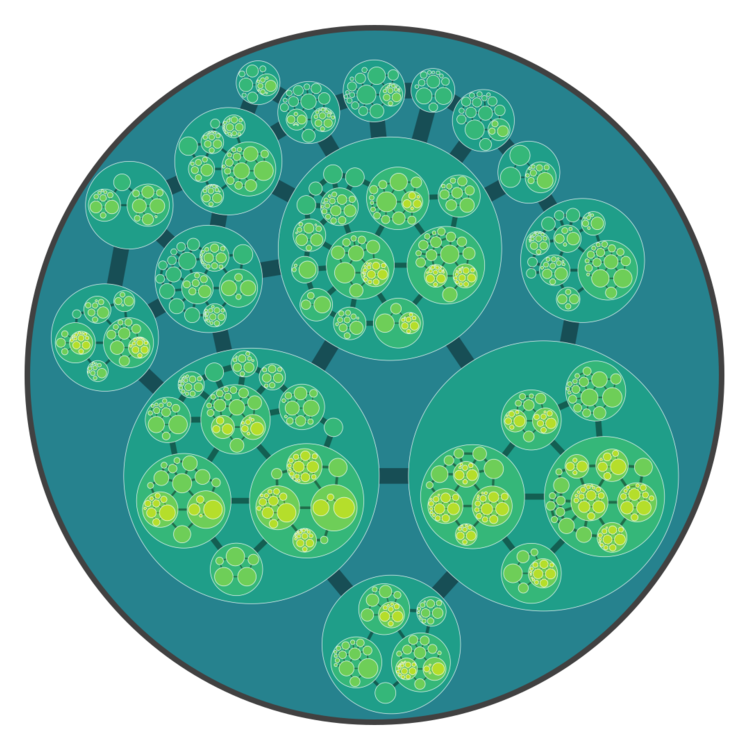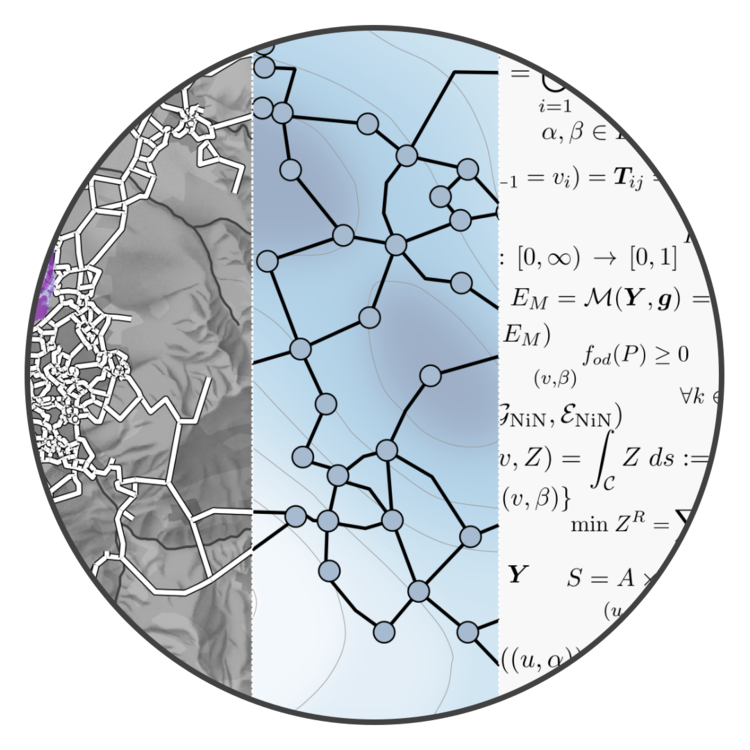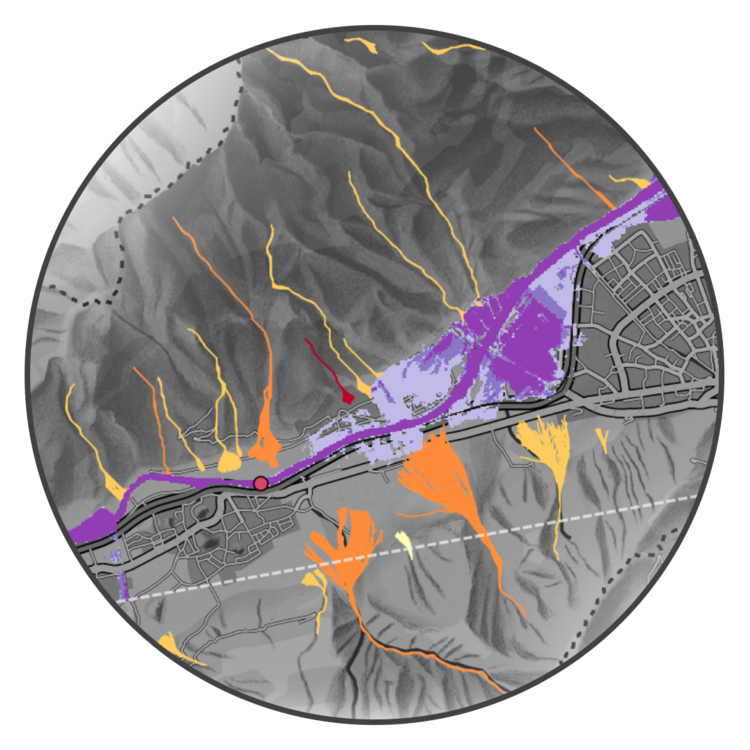Systems of Systems
In the rapidly evolving landscape of modern infrastructure, understanding individual components in isolation is no longer sufficient. Systems of Systems (SoS) modeling emerges as a pivotal approach in this context, offering a holistic view of interconnected, independent systems that come together to form larger, more intricate networks. Complex infrastructure systems, such as urban transportation networks, power grids, water supply chains, and telecommunication infrastructures, often consist of multiple interacting subsystems, each with its own set of characteristics, behaviors, and objectives. SoS modeling allows stakeholders to examine how these subsystems interact, collaborate, and sometimes compete, providing insights into emergent behaviors, potential vulnerabilities, and optimization opportunities. By embracing this approach, city planners, engineers, and policymakers can ensure more robust, resilient, and efficient infrastructure systems capable of adapting to unforeseen challenges and ever-evolving demands.
Network Science
Network science provides powerful analytical, statistical, and computational methods to describe the behavior of complex systems. From urban transportation networks to interconnected power grids and beyond, the architectural and dynamic intricacies of these systems can be deciphered using graph-theoretical frameworks and network metrics. Leveraging tools like scalable data analytics and machine learning techniques for spatial-temporal networks, higher-order networks, and resilience analyses, network science can shed light on the most crucial components of an infrastructure, potential vulnerabilities, and emergent behaviors arising from network interactions. Furthermore, it facilitates a holistic view that captures not just the individual elements but also the systemic interdependencies and cascading effects that are quintessential in real-world infrastructure dynamics. Thus, by employing network science approaches, decision-makers and engineers can harness richer insights, optimize designs, and foresee potential challenges in our increasingly interconnected world.
Uncertainty Quantification
In the domain of infrastructure design and analysis, addressing uncertainties is paramount, given the multifaceted and evolving nature of external stimuli and internal parameters. Uncertainty Quantification (UQ) is a rigorous discipline that aims to characterize, assess, and manage the inherent variabilities and unpredictabilities associated with complex infrastructure systems, whether they arise from modeling imperfections, measurement errors, or unforeseeable external events. By leveraging statistical methods, probabilistic modeling, and computational techniques, UQ enables engineers and decision-makers to provide confidence intervals on predictions, assess the reliability of infrastructure components, and make informed decisions under uncertainty. In essence, UQ does not merely acknowledge the presence of uncertainties in complex systems but systematically integrates them, ensuring that infrastructure planning, design, and maintenance are robust, resilient, and adaptive in the face of both known and unknown challenges.





